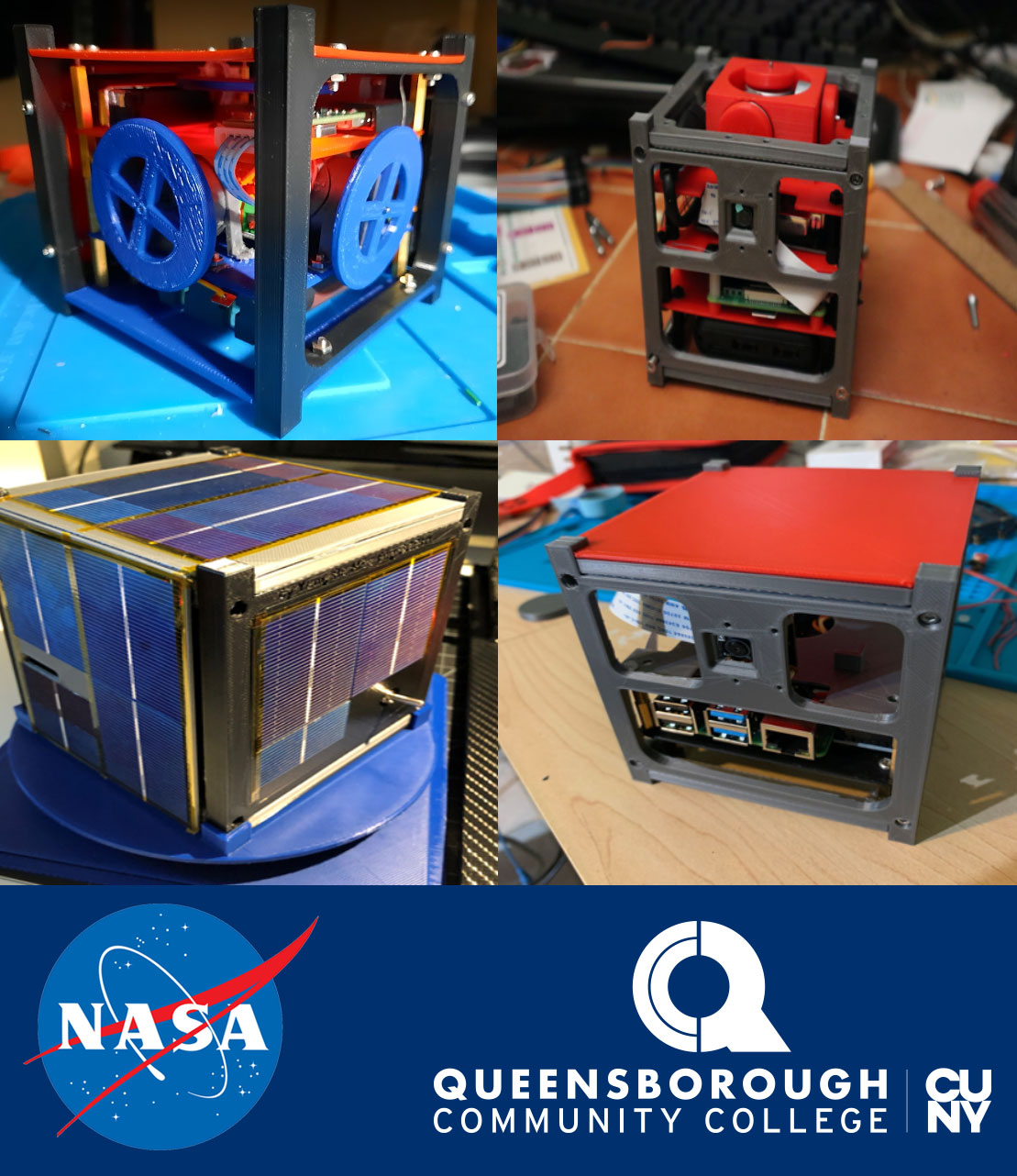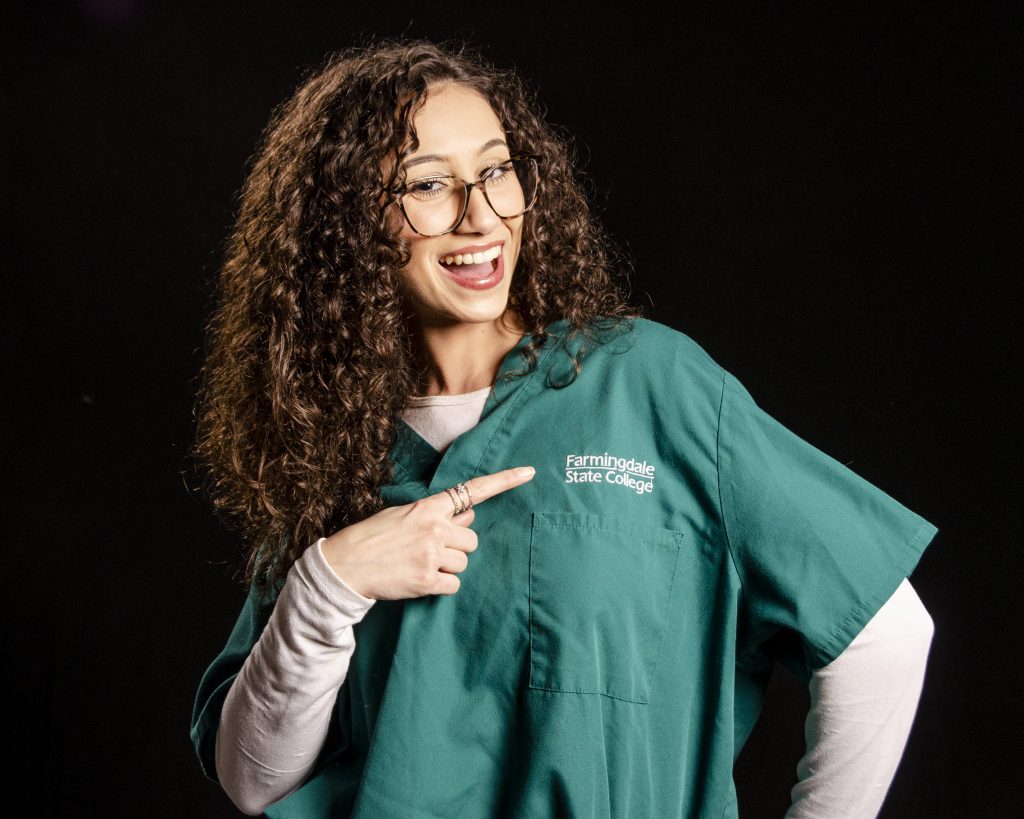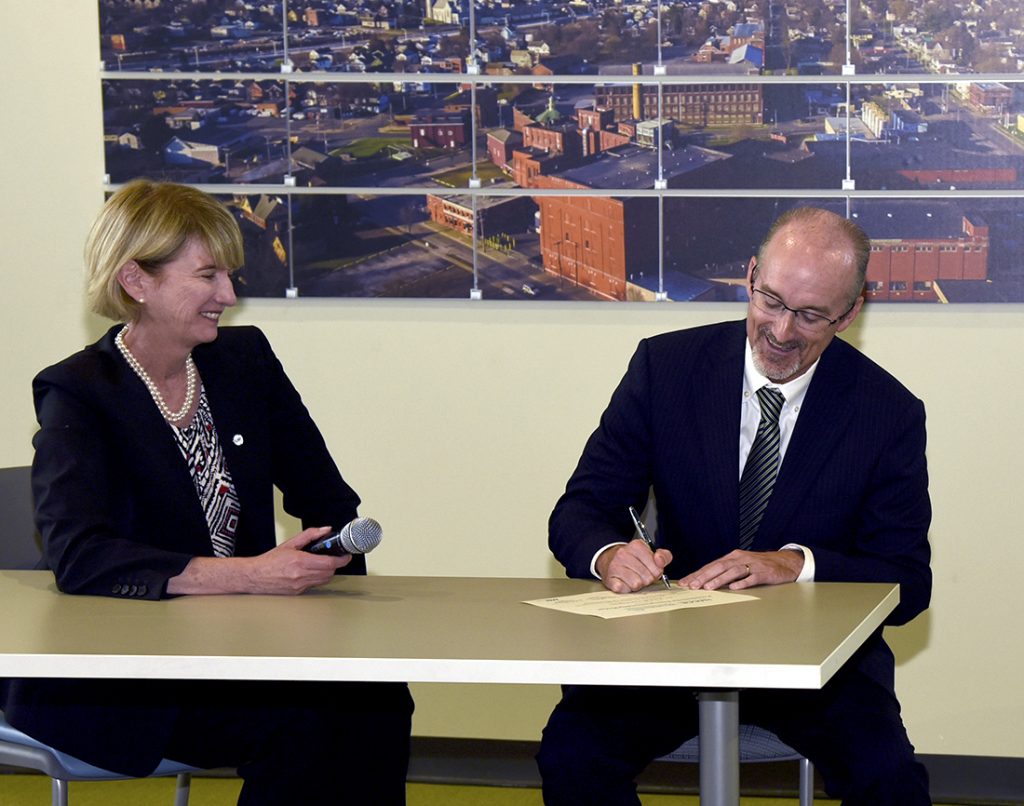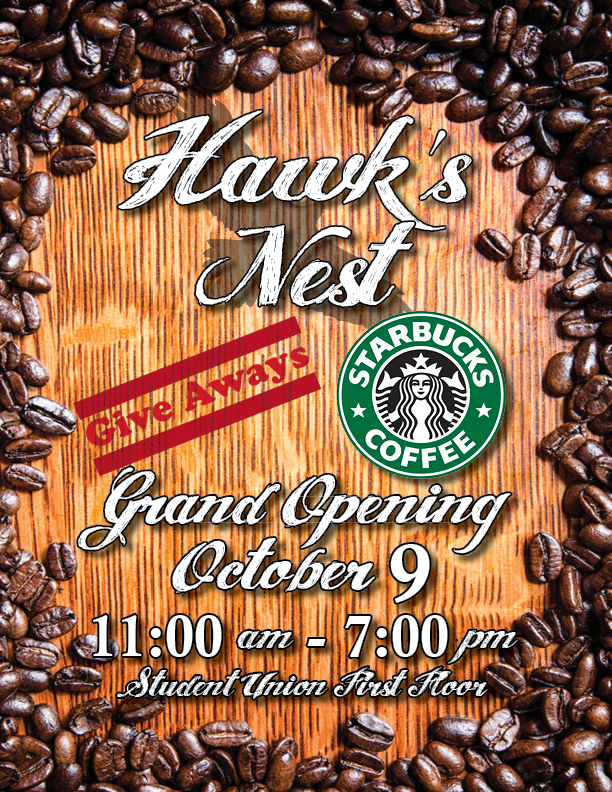Queensborough Community College is the recipient of a NASA MUREP MISTC-2 (Minority University Research and Education Project – Innovations in Space Technology Curriculum-Group 2). The grant entitled “Using Space Technology to Engage and Inspire Students to Explore (SpaceTechEngInE),” was funded in the amount of $410,574 for 2 years. Queensborough is one of two community colleges across the nation to receive this award, designed to contribute to the preparation, training, and development of NASA’s future workforce.
Pictured: Works by Seunghoom Kim, Brianna Solano, Yang He and Tricia Marchese. –QCC-NASA 2020/Virtual Summer Internship Program.
Delgado Community College in New Orleans, Louisiana was the second.

Queensborough is partnering on the grant with the NASA Goddard Space Flight Center (GSFC) Mission Engineering and Systems Analysis (MESA) Division, the Atmospheric & Space Technology Research Associates (ASTRA), and City College of New York (CUNY) to capitalize on NASA’s ability to inspire both students and the public. Queensborough is the lead institution.
“This grant presents a wonderful opportunity to further establish our relationship with NASA, and to inspire our excellent students, despite these unprecedented times, to still see their dreams as reachable goals,” said Dr. M. Chantale Damas, Associate Professor in the Department of Physics at Queensborough, and Principal Investigator of the grant. Dr. Damas added, “A goal of the grant is to increase the participation of groups historically under-represented in STEM fields so they too may imagine themselves as a new generation of scholars, researchers, engineers, and astronauts.”
Queensborough President Dr. Christine Mangino offered her congratulations to Dr. Damas on the NASA MUREP MISTC-2 grant. “Dr. Damas is clearly a champion of her students and instills in them the technologically sophisticated knowledge and skills that are essential for continuing their education and to qualify for any number of promising research and career opportunities in the STEM fields.”
Students will work on the Plasma Enhancements in The Ionosphere-Thermosphere Satellite (petitSat), a NASA funded CubeSat mission to be deployed from the International Space Station (ISS) in 2021. The petitSat Principal Investigator (PI) is NASA scientist Jeffrey Klenzing.
Students will investigate both space weather effects on the ionosphere, which reflects and modifies radio waves used for communication and navigation; and simulate interacting with a CubeSat for preliminary assembly, integration, & testing (AI&T). CubeSats are small satellites which measure 10cm x 10cm x10cm, and often ride on a rocket to ISS.
These small satellites play a valuable role in NASA’s exploration, technology, educational, and science investigations, including planetary exploration, Earth observation, and fundamental Earth and space science.
They are a cornerstone in the development of cutting-edge NASA technologies, as shown by the Mars Cube One (MARCO) CubeSats, which were part of NASA’s recent Insight Mission to Mars.
Bonus: The Comics (Click on Other Stories to See More Comics)
"Animal Crackers" by Fred Wagner. In agreement with TCA. Click to Expand.








Facebook Comments